America has been bacon crazy for quite some time now.
From bacon chocolate to deep-fried bacon and beer ice cream sandwiches, it’s the ingredient that foodies have gone hog wild over. It’s not a new craze, but it is a growing one. Reports show that bacon was even popular during the Roman Empire, when it was called “petaso” and was boiled to be eaten with figs. The word bacon has its origins in Old High German — it referred to the “back” of the pig, where some bacon meat comes from, especially in certain countries outside the United States (we like ours from the fattier belly of the pig).
First introduced to the Americas by Christopher Columbus (he brought eight pigs with him on his big trip), and then again by Hernando de Soto, who brought mainland America’s first 13 pigs to Tampa Bay, Florida, bacon really hit its boom in 1924 when Oscar Meyer introduced pre-packaged portions of pre-sliced bacon to consumers. Since then, it’s been America’s favorite breakfast food, with consumption rising by 40 percent between 2002 and 2007, and continuing to increase by a steady one percent in the following years. In the past year alone, Americans consumed 1.1 billion servings of bacon at restaurants alone. Bacon sales are up 13 percent, and there is no end in sight for the pork party.
In Germany, bacon, or Speck, is sold in chunks and browned in a pan. The meat is first cured with salt, then cold-smoked with beechwood before being air-dried. The Germans choose beech to create a specific flavor — you won't find maple- or hickory-smoked bacon here. Koreans flame-grill their pork belly, or samgyeopsal-gui, much like barbecue. Since it is not cured or smoked, the natural flavor of the meat is revealed after cooking.
And in Italy, the equivalent of bacon, pancetta, sold rolled instead of flat, is generally used as a seasoning for sauces and pasta dishes instead of being eaten outright.
According to James Villas, author of The Bacon Cookbook, there are 43 commonly known varieties of bacon in 13 different countries. Want to get your pork belly fix while you’re traveling? Here is what to look for.
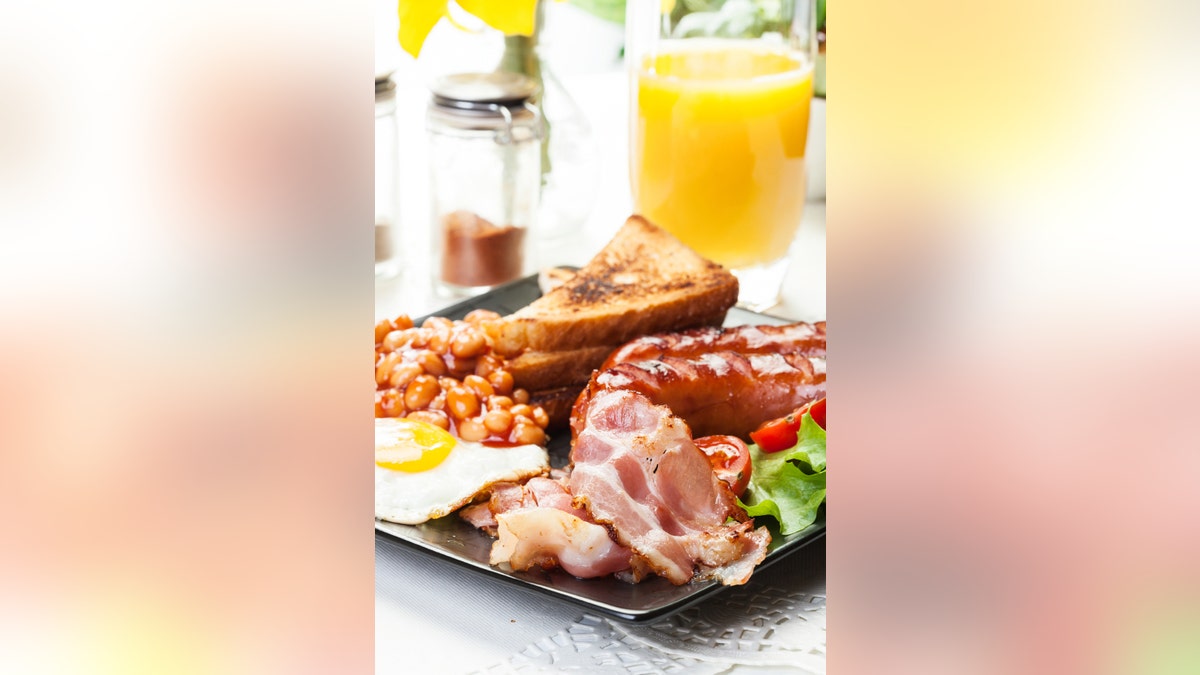
(iStock)
1. Australia
Middle bacon is the most popular style of bacon in Australia. It includes the streaky, fatty selection of the belly along with a piece of the pig’s loin at one end. Sold in rashers, or thick hunks, it can be grilled or broiled and served alongside eggs.
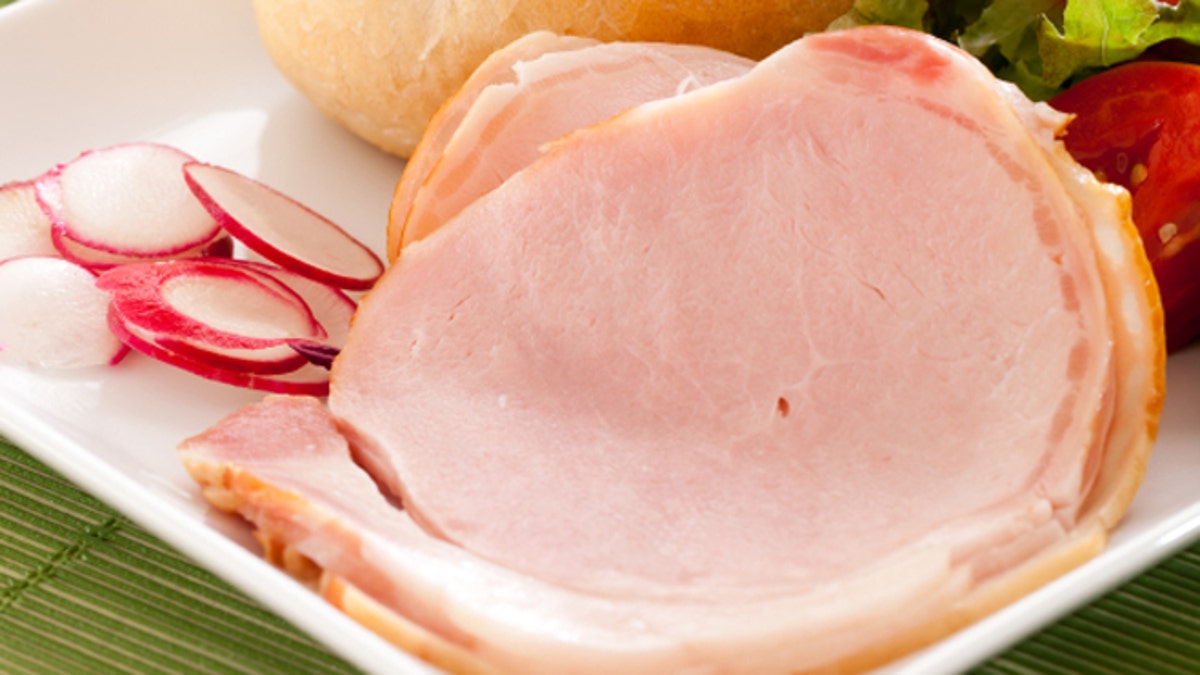
(iStock)
2. Canada
Many will argue that Canadian bacon is actually just ham. It’s not made from the belly of a pig but from the loin, which is much leaner. Canadians prefer their bacon trimmed of all fat, and sometimes, if they are feeling rowdy, they coat it with pea meal and fry it. That’s right. Mashed-up-pea-crusted ham. Mmm.
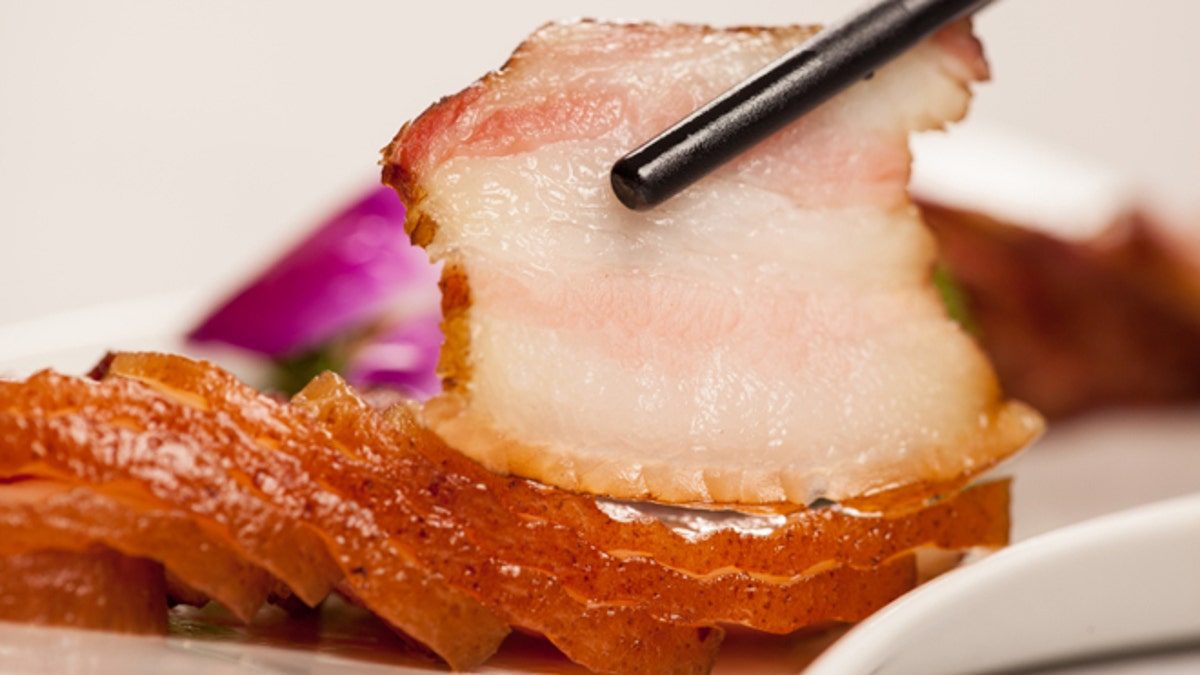
fresh nutrition delicious Chinese food (iStock)
3. China
In China, bacon is called lop yuk; it’s air-cured with soy sauce, brown sugar and spices for seven to ten days, until it is very hard. If you choose a shorter cure time, say four days, it has to be smoked for five hours before consumption. It is used to flavor Chinese dishes.

Speck (juniper-flavored ham originally from Tyrol) on a white background (iStock)
4. Germany
The Germans enjoy Speck — a cured, smoked, air-dried pork belly that is traditionally fried. It can be eaten as is or used in cooking for dishes like German bacon cookies and roulade — an entrée made with bacon, onions, pickles, and slices of flank steak, all rolled up together and browned in butter.
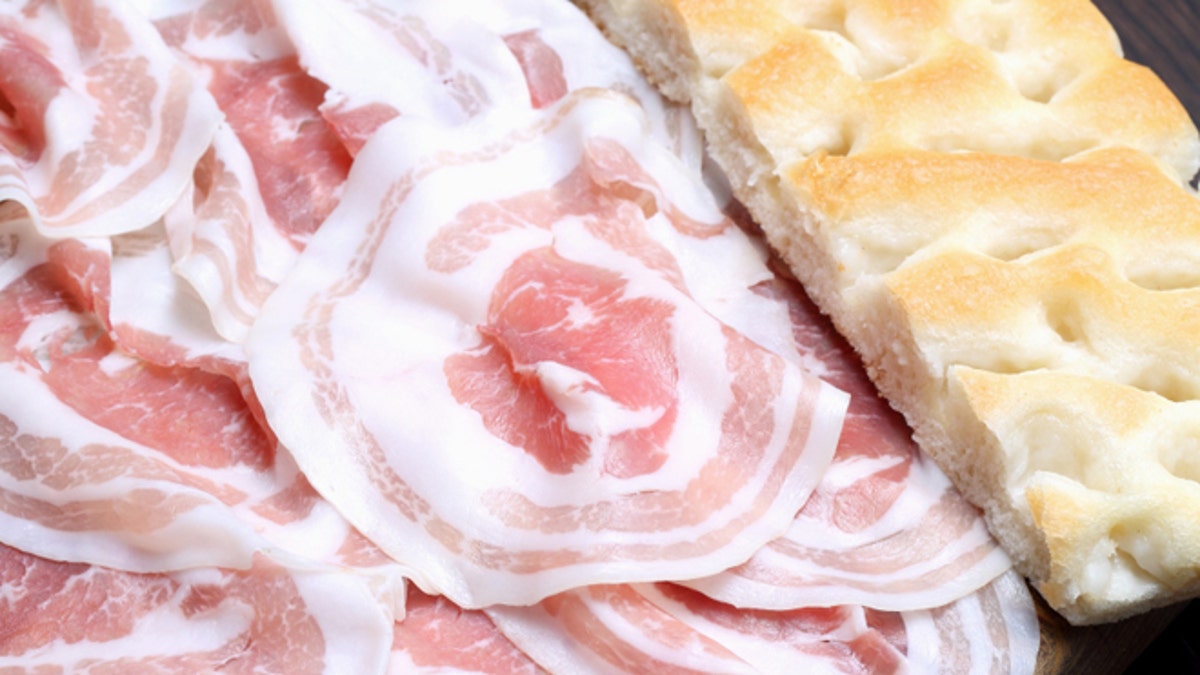
Bacon slices with focaccia on wooden cutting board (iStock)
5. Italy
In Italy, bacon is more of an ingredient than a main course. Called pancetta, the Italian version of bacon, which is cured but not smoked, is generally cubed and sautéed to add flavors to classic dishes like spaghetti carbonara and rendered down to flavor pizzas. There is also guanciale, a dry-cured pig jowl, and lardo, which is white, delicate fat from the pig rump section that is cured for months with salt, spices, and herbs. It is served raw and sliced paper-thin to eat on toasted bread
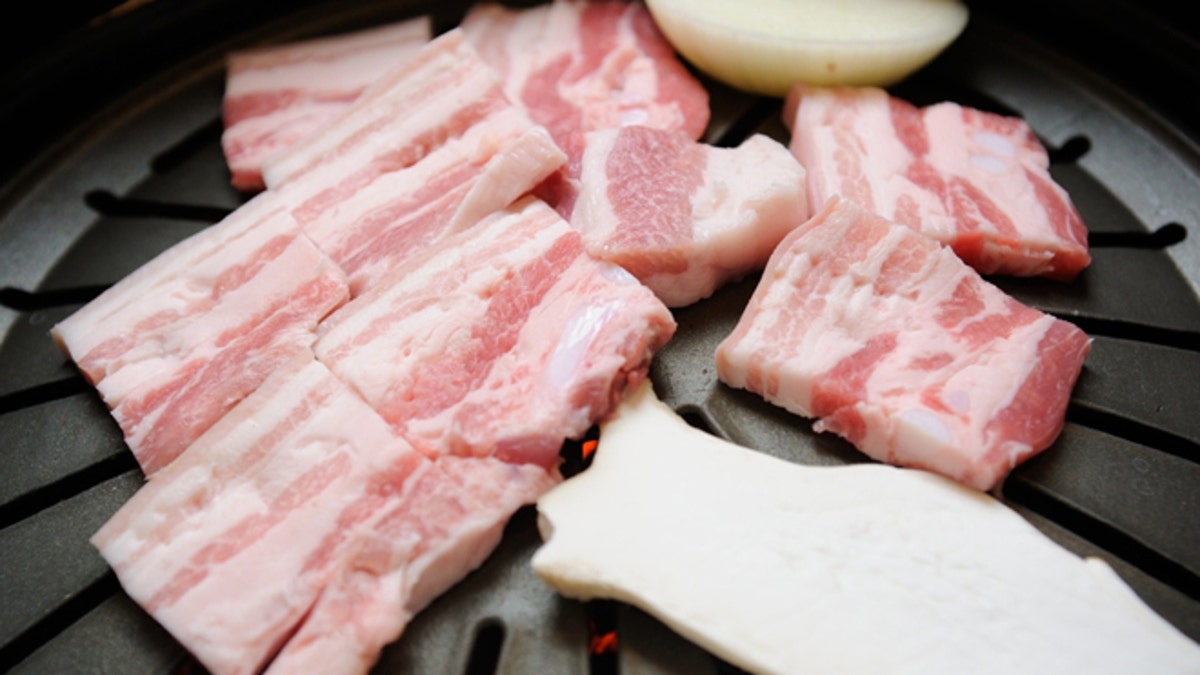
pork belly barbecue, Korea (iStock)
6. Korea
Samgyeopsal-gui, or Korean bacon, is actually pork belly. It is neither cured nor smoked. Instead, slices of the meat are grilled over an open flame and cooked barbecue-style. They sit on a grill alongside vegetables, potatoes, and other meats and are eaten without condiments.
Check out how other countries around the world feast on bacon.
More from The Daily Meal
101 Best Farmers Markets in America for 2015
America's 10 Best Fried Chicken Spots
